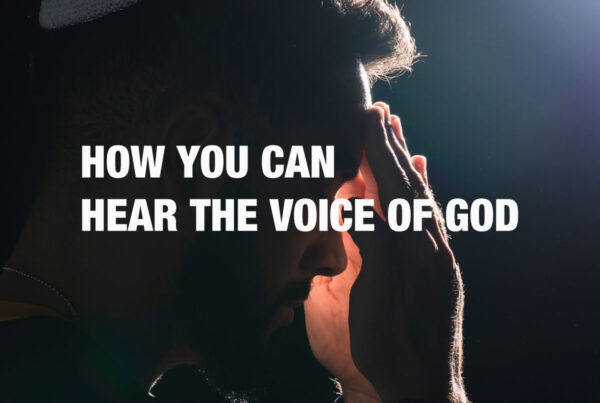How to Read the Bible (for Beginners) is a guide that is meant to help you read the Bible which is made up of 66 books (the Protestant Bible). And these books are written in a variety of different genres or types of literature – Find out more about the Bible here.
However, starting to read the Bible at Genesis, and attempting to read straight through without a plan (strategy) can lead to frustration. A lot of new and veteran believers/Christians have confessed to getting bogged down with the details in Leviticus or Numbers or most often, Deuteronomy.
Therefore, a good Bible Reading Plan should give you an understanding of the Bible’s story/message. But before I give you a Bible Reading Plan, the following are suggestions that will help you read the Bible effectively.
How to Read the Bible (for Beginners)
- Choose a Bible Version that is easy to read and understand
While the Bible was originally written in Hebrew (that is the Old Testament) and Greek (that is the New Testament), today there exists a wide variety of versions to choose from. And this guide: Choosing a Bible Translation, will be a great resource in helping you choose a Bible Version.
Regardless, if you’re a beginner, I do recommend the New Living Translation (NLT), the English Standard Version (ESV) Study Bible, or the New International Version (NIV). And led by the NLT, these versions should be the most readable.
- Pick a Path – Choose a Bible Reading Plan
There are two paths (approaches) to reading the Bible: planned/structured, and unplanned/unstructured/random. The planned approach is the best path.
A Bible Reading Plan like our BeSharpened Growth Bible Reading Plan will help you grow as a follower/disciple of Jesus Christ. It will also help you stay committed to your goal. And you will develop a Bible reading habit from the little daily Bible readings. Little by little goes a long way toward this.
- Stick to your Bible Reading Plan
Honestly, a year is a long time to stay committed to a Bible Reading cause, especially when you get to the hard passages. However, when you set a specific convenient time and even place for your Bible reading, you will succeed.
Habits are built with time. And a routine is established through consistency.
Besides, a Bible reading partner will be a great asset to your commitment. Reading the Bible with a partner will ensure there’s accountability. The two of you will be able to hold each other accountable concerning the Daily Bible Readings.
Daily Bible Readings
You can even discuss the readings. This will facilitate the sharing of insights, thus broadening your understanding.
When the going gets tough, and you’re tempted to quit, just remember why you are reading the Bible.
”16 All Scripture is God-breathed and is useful for teaching, rebuking, correcting and training in righteousness, 17 so that the servant of God[a] may be thoroughly equipped for every good work.
2 Timothy 3:16-17New International Version (NIV)
- Pray before you read the Bible
Ask God to speak to you according to 2 Timothy 3:16-17. He will help you understand His Word.
- Write down the things you hear/learn
As you read the Bible, one or two verses may speak to you. When this happens, pause and write down what you will hear/learn.
Thereafter, reflect on what you will have written down. Memorize God’s Word if you can.
All in all, the key to reading the Bible is to get started. I pray and hope that you’ll get started, and with the help of these resources, be on your way to understanding the story of the Bible.




